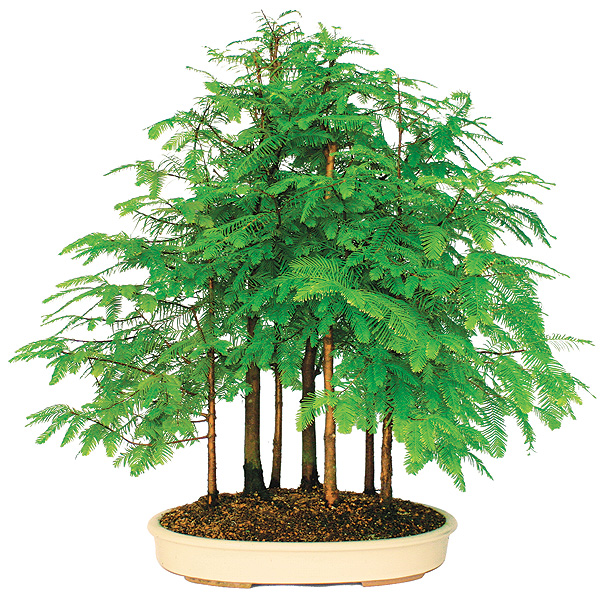Tips When Bringing You Bonsai Indoors
Posted by Ashley Carrier on 27th Feb 2024

If you're like us you hope this winter isn't a long one. And chances are your bonsai is hoping the same thing. So why not help your indoor bonsai cope with the winter doldrums? Bring some of the outdoors indoors during the upcoming months.
Here are are some steps you can take to make your bonsai more comfortable during its time indoors. Best of all, these steps are both simple and inexpensive - and everything you need is available in your home now or online from the Bonsai Outlet.
It's not the heat, it's the humidity
It's a tired cliché, but an essential ingredient for a healthy tropical bonsai residing indoors. You can recreate their native environmental conditions by mist-spraying the foliage generously with clean, room-temperature water. Also, consider using a small fan to gently circulate the air around your plant.
To increase the humidity in a more constant manner, consider setting the bonsai on a humidity tray, which is nothing more than an oversized saucer filled with small stones and water. If you decide to use a humidity tray make sure you keep the water level below the bottom of the bonsai's container. You don't want the bonsai pot to sit in water. As it evaporates, the water will continuously add moisture to the air around your plant.
Insects aren't just for summer anymore
Spider mites, aphids, mealy bugs, and scale are all potential pests that can pester your plant in the winter. Not to worry, they can also all be controlled if treated early. While some, like spider mites, are microscopic, you can prevent unexpected damage by closely examining your plant's leaves. Look for webbing or debris on the leaf's underside as evidence, or use a hand lens to find the mites yourself.
Should insects invade your bonsai's space, use an insecticidal soap to spray and treat the plant. For some species these soaps are dangerous and can cause damage, so try a few leaves before treating the entire plant. You can find this soap at most home improvement store. Make sure to follow the direction and use once every 5-7 days is likely sufficient.
Many bonsai gardeners also like to use neem oil. This insecticide acts to disrupt insect feeding and interfere with normal insect development. It's what we use on our trees. You can use any spray bottle to apply neem oil or you can use a special haws under-leaf sprayer. Many pests hide under leaves where they can't be seen, and overhead sprayers can't always reach. The under-leaf sprayer produces a fine upward mist to reach hidden pests and their eggs. For a few bucks, you won't regret it.
Light the lamp or seek the sun?
Indoor bonsai can sometimes lack the light required to thrive during the winter months, even in front of a window. Outside, light is provided not only by direct sun, but also from 180 degrees of blue sky, and another 180 degrees reflected from nearby objects. Of course this is impossible to recreate indoors, but you can provide what your bonsai needs.
Place your bonsai in the sunniest window of your home and a few inches away from the glass to prevent excessive heat buildup or exposure to cold drafts. This is usually sufficient for indoor plants. However, consider adding fluorescent lamp or plant light if your bonsai starts looking a little weak. Keep the lamp 6 inches above the plant and use it 12 hours a day to augment the sunlight. If sunny windows are in short order, fluorescent lamps will suffice.
